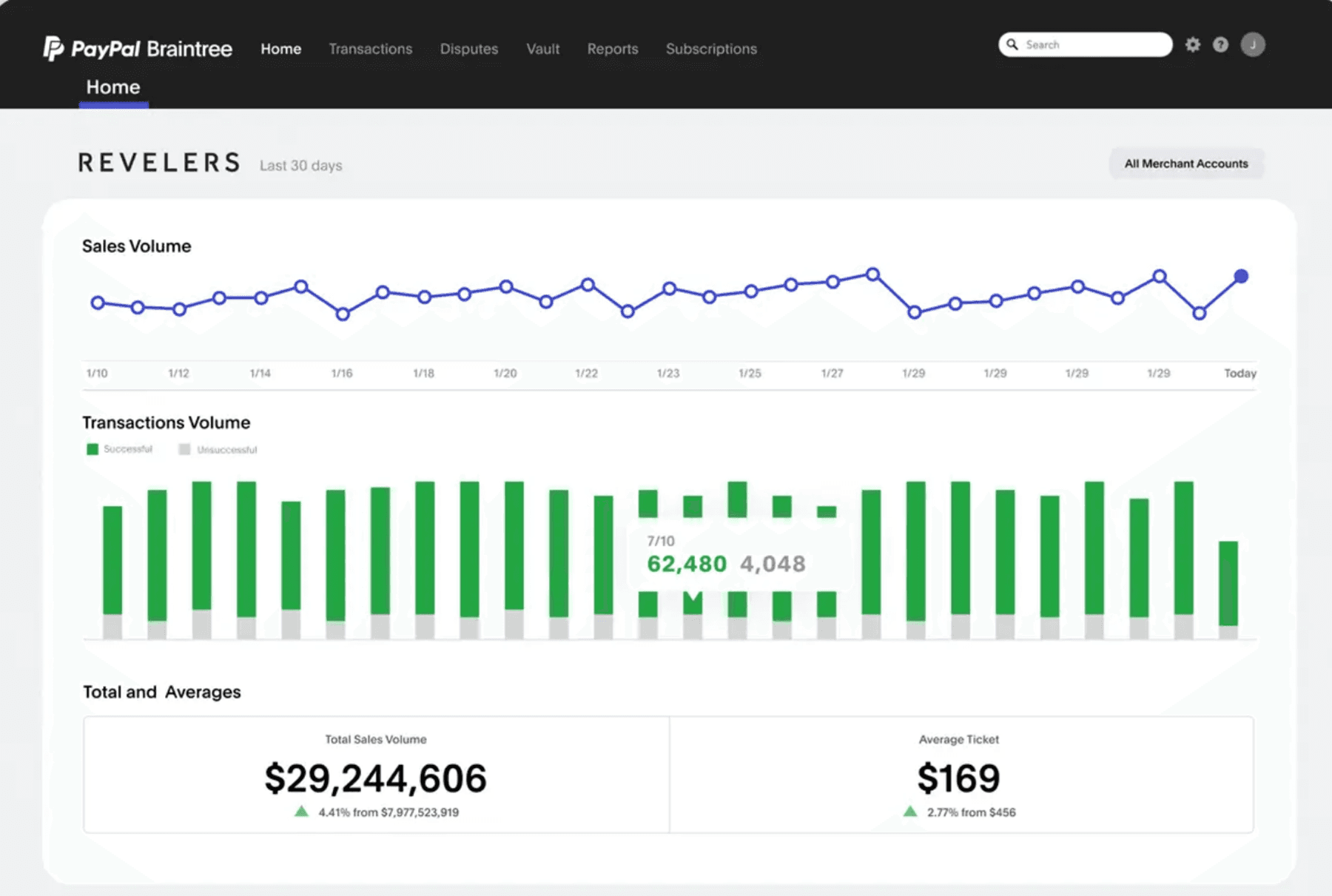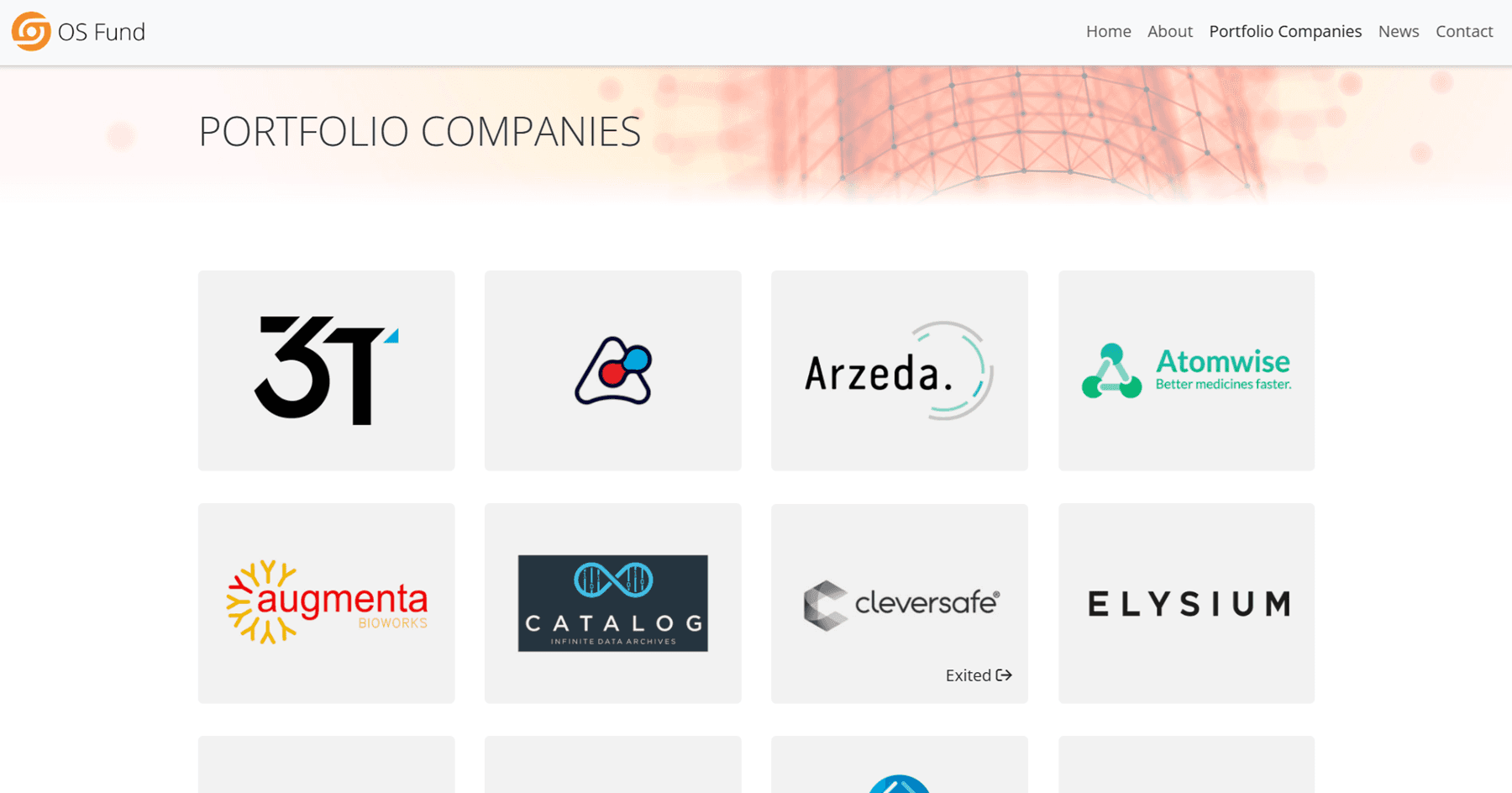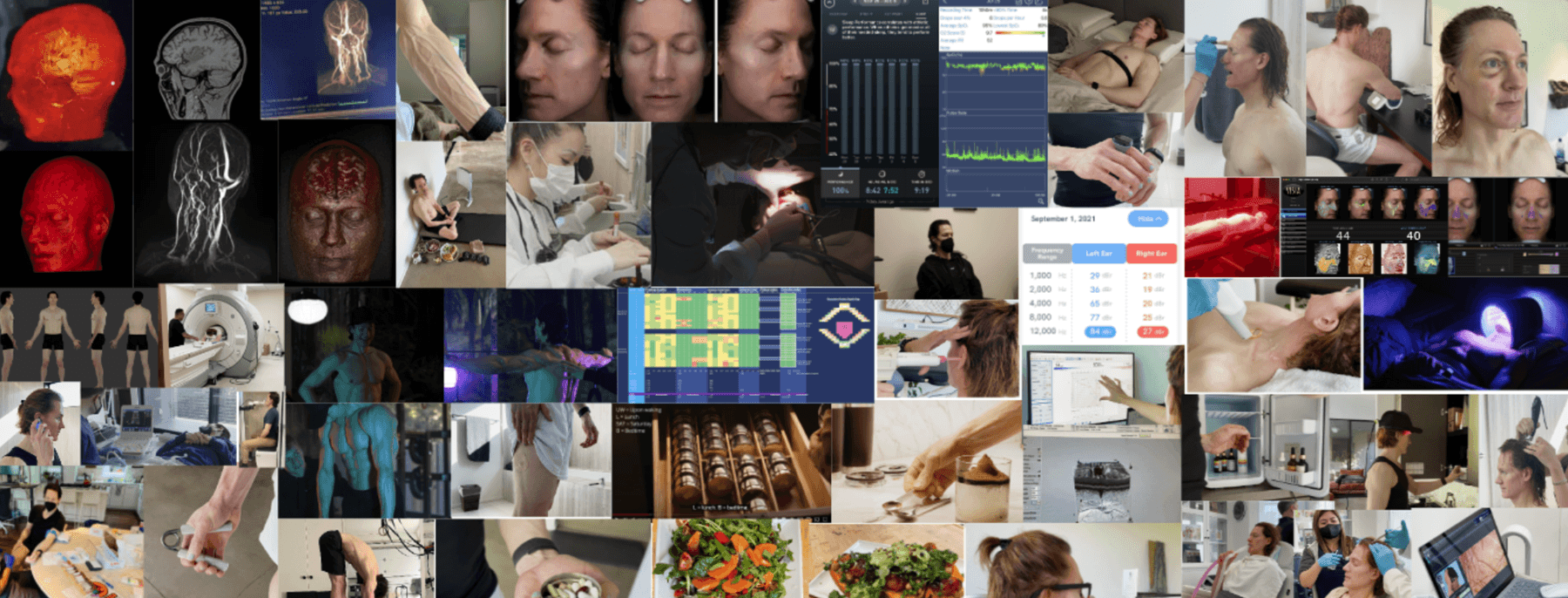Tech entrepreneur and venture capitalist Bryan Johnson has captured the public’s attention with his multi-million-dollar longevity experiment, Project Blueprint.
Not only is he attempting to reverse aging (which he seemingly had some success in already), but his biohacking experiments also aim to maximize human longevity — probably even defeat death. The process isn’t cheap, though.
Bryan Johnson’s net worth allows him to spend over $2M per year to improve his longevity outcomes, working with a team of 30+ medical professionals who monitor his 100+ biological biomarkers on expensive machines and tailor his everyday routine.
So, how did Bryan Johnson make the money to fund his pursuit of life extension?
In this article, we are going to take a look at his background, entrepreneurial track record, venture capital investments, and current endeavors that add to his estimated net worth.
Bonus: We’ll also introduce you to Nucleus, an all-in-one DNA health platform that steers you toward genetics-informed and data-driven longevity and health decisions without having to spend a fortune.
How did Bryan Johnson get rich? A quick timeline
Bryan Johnson has mentioned across his digital content and podcasts that he had a pretty normal upbringing. He wasn’t born into massive wealth, but managed to build his fortune via several entrepreneurial ventures and opportune financial decisions.
To give you some context on his financial outlook, Johnson was raised as one of four siblings in a small Mormon community. In the Church of Jesus Christ of Latter-day Saints, it is customary for young men to do missionary service abroad. Johnson became a missionary at age 19 and went to Ecuador, where he spent the next two years surrounded by extreme poverty.
When he returned to the U.S., he was shocked by the luxury surrounding him. The shift from poverty to abundance inspired him to dedicate his life to helping others. However, he knew that if he wanted to make a big impact, he would need money.
That’s when Johnson decided that he was going to become an entrepreneur. His goal was to gather enough resources by age 30 so he would never have to work again and focus on his broader ambitions without worrying about finances.
We have created a timeline of his entrepreneurial journey across five key segments below:
Early endeavors
$800M Braintree exit
OS fund
Kernel startup
Project Blueprint
1. Early endeavors
Bryan Johnson began his entrepreneurial journey at age 22 and started five businesses between 1999 and 2003. He had some small wins, but ultimately, none of these early ventures had lasting success.
Eventually, he found himself up to his eyeballs in debt and needed a part-time job to cover his bills. That’s how he ended up selling a credit card processing service door-to-door. Johnson made sales for nine months and ended up becoming a top performer, with his customer base generating around $62,000 per month in revenue.
The sales experience pushed him toward starting his own company (Braintee), which he believed to be one of the most lucrative ways to generate passive income.
2. $800M Braintree exit
Bryan Johnson launched his payment company, Braintree, in 2007, which set him on the path to accelerated growth.
He wanted to replicate PayPal’s business model where the same payment company serves both the merchants and the customers.
The problem glaring at him was — several startups had already tried this model and failed, mainly because developing the merchant side and the customer side of a payment system simultaneously was challenging.
Bryan decided to focus on the merchant side first and then acquire a company that was already serving the customer side later, which worked for him. By 2011, Braintree had ranked 47th on the Forbes list of 500 fastest-growing companies and had a long list of illustrious customers, including Uber, Airbnb, and GitHub.
Over a period of five years, Johnson made his move and expanded to the customer side, which he did by acquiring Venmo in 2012 for $26.2 million. This allowed him to finally replicate PayPal’s business model.
PayPal, which presumably registered the rise of Braintree as an emerging threat to its dominance, ended up acquiring the company in 2013 for $800M. According to TIME, Johnson walked away with more than $300M.

Source: PayPal
Bryan Johnson justified his decision to sell Braintee in a podcast in 2021:
“My goal was not to build the biggest payments company in the world. It wasn’t to try to climb the Forbes billionaire list.
The objective was: I want to earn enough money so that I can dedicate my attention to doing something that could potentially be useful on a society-wide scale.
And, more importantly, something that could be considered to be valuable from the vantage point of 2050, 2100 and 2500.”
3. OS fund
In 2014, one year after selling Braintree, Bryan Johnson started a venture capital fund called the OS Fund, contributing $100M as his own investment.
Since then, the OS Fund has invested in numerous notable companies, including the biotech startup Ginkgo Bioworks, AI-powered drug discovery platforms Atomwise and Aria Pharmaceuticals, and drone logistics network Matternet.
At the time of writing, the fund’s areas of interest include:
Genomics
Diagnostics
Synthetic biology
Advanced materials
Computationally derived therapeutics
Johnson’s intention with the OS Fund is to invest in companies that are building tools that might help create a better future for humanity. His earnings from the OS Fund are not publicly available.

Source: OS Fund
4. Kernel startup
Bryan Johnson launched his neurotechnology startup Kernel in 2016 with a $54 million investment.
Initially, the company’s focus was neuroprosthetics — devices that can be implanted into the human brain. Later, Kernel pivoted to developing non-invasive neuroimaging technology that can be used to monitor brain activity and collect related data.
The company introduced two brain activity monitoring devices, Flux and Flow, in 2020. It appears that Flux has since been discontinued while Flow has become Kernel’s flagship product. It’s a wearable time-domain functional near-infrared spectroscopy (TD-fNIRS) system which can help map the functional brain activity across the entire head and can be used to accelerate treatment development and improve patient outcomes.

Source: Kernel
5. Project Blueprint
Bryan Johnson launched his lifespan extension experiment, Project Blueprint, in 2021.
The Blueprint Protocol covers some general best practices that most of us are familiar with— getting enough sleep, eating well, exercising regularly, and good skincare.
However, the project’s other interventions are highly experimental and expensive, for instance, taking dozens of supplement pills every day, gene therapy, red light therapy, a multigenerational plasma exchange with his son and father, and a total plasma exchange where he replaced all plasma in his body with albumin, just to name a few.
It appears that this experiment that has made Johnson a renowned public figure was not intended to become a source of revenue. However, he eventually expanded the project to sell items from his diet and supplements. He claims that his decision to expand to a food and supplements chain came after he noticed the poor quality and nutritional value of the existing products in the market:
“Once I started looking at food and supplements, I thought no way am I trusting the system because the food is so dirty and the supplements are the same. It’s really dangerous.”
In addition to that, Johnson also wanted to help his social media followers who wanted to follow his diet and supplement protocol but struggled to put it all together.

Source: Bryan Johnson
At the time of writing this article, Johnson’s food and supplement line includes meals and snacks, extra virgin olive oil, nut butter, protein powder, and various supplements from his anti-aging regimen.
How does Bryan Johnson make money now?
At the time of writing, Bryan Johnson appears to have three active ventures:
OS fund
Kernel startup
Blueprint food and supplement line
It’s unclear whether all of these ventures are profitable and how much each of them contributes to Bryan Johnson’s net worth.
Considering that Johnson also has over 1M YouTube subscribers and over 330k Twitter followers, we can infer that he’s probably also making some money from social media. He may have royalty income from the books he authored. Finally, he features some affiliate links on his website, so he’s likely bringing in some affiliate income as well.
While it’s difficult to accurately pinpoint the net worth of Bryan Johnson in 2024, we can estimate it to be around $400M.
Bryan Johnson’s current focus: Investments in health and longevity
Project Blueprint and longevity-related pursuits remain Bryan Johnson’s main focus today. While his food and supplement line is likely generating revenue, making money doesn’t seem to be a priority for him. Instead, he continues to pour resources into his lifespan extension experiment and remains devoted to his ultimate goal of defeating death.
How accessible is Bryan Johnson’s pro-longevity lifestyle to regular people?

Source: Blueprint Protocol
Many longevity enthusiasts want to jump in to replicate Bryan Johnson’s lifestyle — but most people don’t have spare $2M per year to spend on their health. While the availability of his supplements and food products may seem to make the process more accessible, you should still exercise caution while adopting his routine. There are three primary aspects you should look at:
The science
Potential health risks
Personalization
1. The science
Project Blueprint is not a large-scale, multi-sample scientific experiment.
It has a sample size of two now that Johnson’s Chief Marketing Officer Kate Tolo has joined him, becoming the second person to fully commit to his protocol. From a scientific perspective, it’s tricky to draw from a sample size that small.
Moreover, there’s no way to tell which Blueprint Protocol interventions are producing effects and what the corresponding impact for each is. There’s just too much going on at the same time with hundreds of variables, so switching to his lifestyle without consulting a doctor may not be wise.
2. Potential health risks
Some medical professionals have expressed concerns about the potential health risks that accompany Bryan Johnson’s highly experimental interventions.
For example, Bryan Johnson takes dozens of supplements every day. Depending on your genetics, some of these pills could interact with each other and produce adverse results, especially when consumed as a part of an enormous supplement stack.
While this is a valid criticism, it’s worth noting that Johnson reportedly has a team of 30+ doctors and health experts who monitor his biomarkers. It seems extremely unlikely that some health issue would sneak up on him unnoticed.
For people who cannot afford that level of medical care, following the Blueprint Protocol can expose you to potential health risks.
3. Personalization
Bryan’s Blueprint Protocol works for him because of personalization that happens through expensive machines and algorithms. Additionally, most of the project’s successful interventions seem to be general truths: getting enough sleep, eating more vegetables, and exercising regularly.
We think the general quality of these interventions is a silver lining for those feeling left out of the longevity race due to not being wealthy. If you want to increase longevity numbers, you can do the following:
Get personalized health insights: You need to look at your genetics and lifestyle factors to understand your disease risks and what you can do about them. One easy way to get such data is through Nucleus’ whole-genome test kit. It analyzes nearly ALL your DNA to reveal health analyses, such as:
Risk scores for various common and rare diseases
Genetic predispositions and traits
Hereditary carriers
Act on those insights to shape your health journey: With genetic data at your disposal, you can reach out to your doctors to get actionable, science-backed advice on how to optimize your health and longevity outcomes, whether it’s getting health supplements or exploring specific treatments.
Access personalized DNA health reports with Nucleus
Nucleus is a clinical-grade DNA platform that leverages whole-genome sequencing to analyze your health and traits. While companies like Ancestry.com, 23andme, and MyHeritage look at less than 0.1% of a person’s DNA, Nucleus can analyze ~100%.
This extensive coverage generates more accurate and comprehensive personalized health insights. Additionally, Nucleus considers your ancestry and lifestyle factors like smoking status and cholesterol levels to prepare highly personalized health reports.
With Nucleus, you get 20+ easy-to-interpret health reports with your unique genetic risk scores for 170+ conditions, including:
Type 2 diabetes
Celiac disease
Breast cancer
Prostate cancer
Colorectal cancer
Alzheimer’s disease
Migraine
Schizophrenia
Depression
ADHD
Nucleus can detect rare and high-effect genetic variants or differences because of its whole-genome technology. These variants can lead to chronic diseases, but most platforms fail to detect them. You can also access trait reports to understand the predisposition of your muscles, sleep quality, intelligence, etc. You can explore the full kit here.
Nucleus is physician-approved, HIPAA-compliant, and CAP/CLIA-accredited. Its results hold high integrity, and you can use them to get further medical advice from your doctor. Nucleus can also connect you to board-certified genetic counselors from SteadyMD to help you create a personalized action plan to access your best health.
How to order Nucleus Premium

At only [PRICE.KIT_SOLO.ONE], Nucleus Premium offers the most affordable whole-genome sequencing in the U.S. The kit is HSA/FSA eligible, and all reports are included in that price!
Here’s how to get started with Nucleus Premium:
Provide your personal information
Order your DNA kit
You can expect your results in 6–8 weeks. Nucleus also offers the option to adjust your results based on new genetic research of a change in your lifestyle factors, all with the same DNA test.
Bonus: Nucleus is the go-to DNA platform for many health and longevity enthusiasts, including Bryan Johnson. He swabbed to get his Nucleus all-in-one health insights in the 2024 Don't Die Summit in San Francisco. You can watch the video here!

Featured image source: Blueprint Protocol












